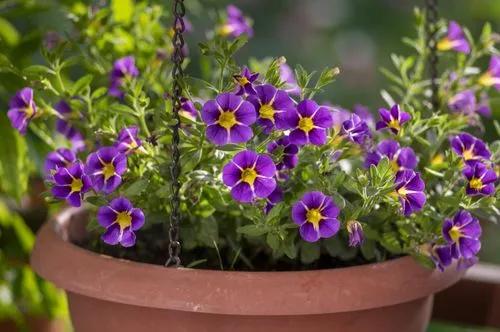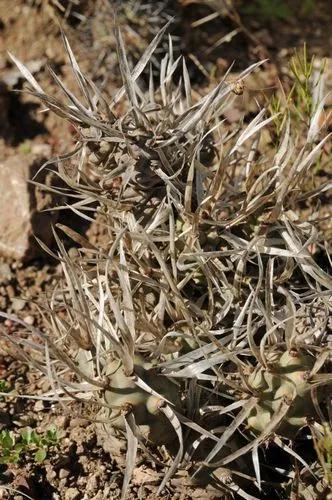Ranunculus asiaticus, the Persian buttercup, is a species of buttercup native to the eastern Mediterranean region in southwestern Asia, southeastern Europe, and northeastern Africa. It is a herbaceous perennial plant growing to 45 cm tall.
Persian buttercup Care
Ranunculus asiaticus



Many gardeners love growing Ranunculus with its beautiful flowers in a wide variety of gorgeous colors. Their blossoms look like works of art with their layers of crepe paper thin petals. The name, Ranunculus Asiaticus comes from the Latin: “rana” meaning frog, and these plants are so called because many wild species do grow in damp settings. Asiaticus refers to the place from which many species hail, Asia. Ranunculus belongs to the buttercup family, and this explains some of its common names that include Persian Buttercups, Buttercup and Crow’s Foot – because of its claw-like tubers
How to Care for the Plant

Water

Water the persian buttercups upon planting, and weekly after that until the plant emerges. once you see the plant, increase waterings to a few times a week, or just enough to keep the soil moist.

Pruning

By removing overgrown foliage, you will improve airflow to the plant, and light will be better able to penetrate all portions of the plant. This actually leads to a fuller and healthier looking houseplant.

Fertilizer

An organic, balanced, liquid fertilizer once a month during growth period is recommended.

Sunlight

Part-shade/Semi-shade location.

Soil

Requires a well-drained, loose mixture of potting soil.

Temperature

Ranunculus are frost-hardy cool-season perennials. They perform best where winters are relatively mild and springs are long and cool. The roots tolerate soil temperatures to 10°F, while growing plants can handle temperatures below 20°F for several hours.

Container

Whether your potted plants are indoors or outdoors, proper drainage is an essential element to ensure they stay healthy.

Popularity

5,466 people already have this plant 1,080 people have added this plant to their wishlists
Discover more plants with the list below
Popular articles






